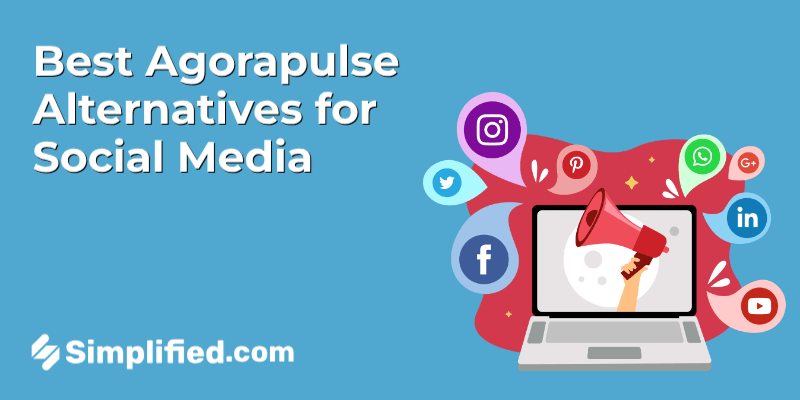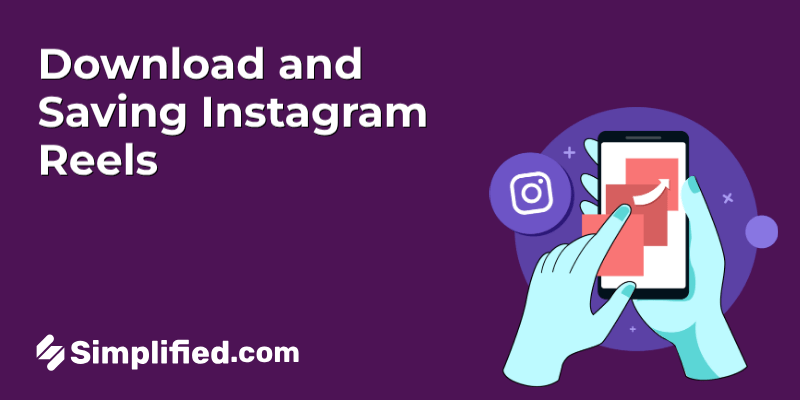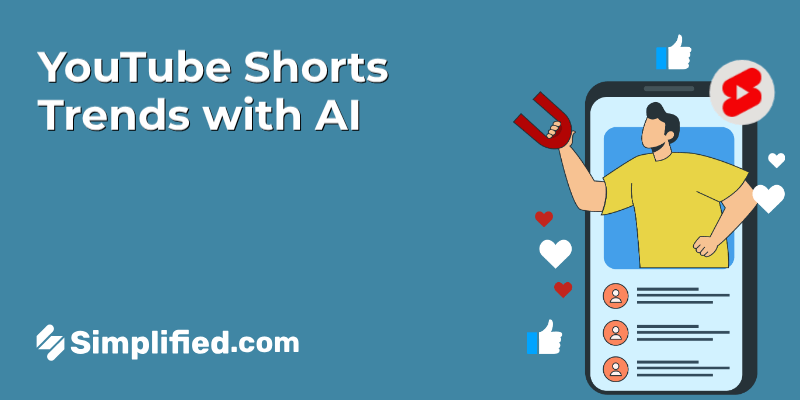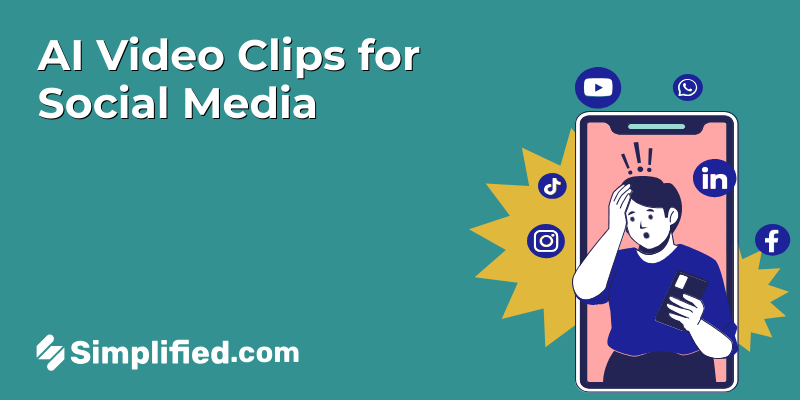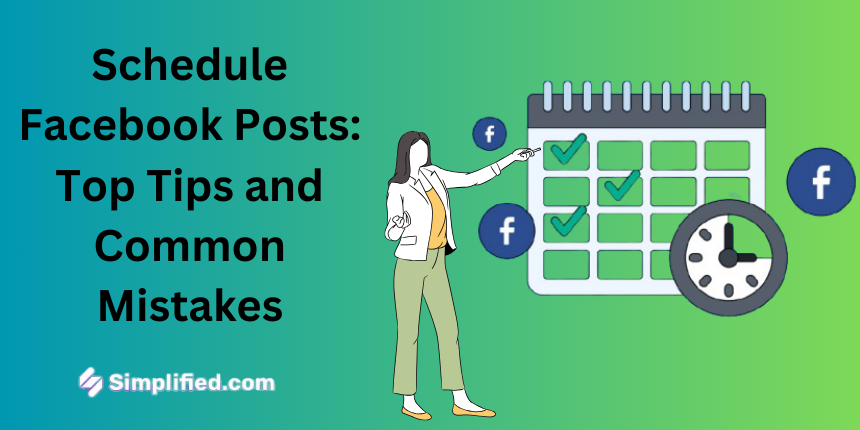
Maintaining an active presence on social media platforms like Facebook is crucial for businesses and content creators alike. One effective strategy for achieving this is scheduling posts in advance. This approach allows you to engage with your audience consistently, manage your time better, and even improve your overall content strategy. In this blog, we will delve into the best practices for scheduling Facebook posts and highlight common mistakes to avoid.
Why Schedule Facebook Posts?
Before diving into the specifics of scheduling posts, it’s important to understand why it matters. Regularly posting on Facebook can help keep your audience engaged, improve your visibility, and foster a sense of community around your brand. Scheduling allows you to:
- Maintain Consistency: Regular posts are essential for keeping your audience engaged. When you schedule posts on Facebook, you ensure that your content goes out at optimal times, even when you’re busy.
- Plan Ahead: Scheduling allows you to strategize your content calendar. You can prepare posts around key events, product launches, or seasonal promotions.
- Save Time: By planning and automating Facebook posts, you can dedicate more time to creating quality content rather than scrambling to post on the fly.
- Analyze Performance: Scheduling tools often come with analytics features that help you understand which posts resonate most with your audience, allowing you to refine your strategy over time.
Top Tips for Scheduling Facebook Posts
Now that you understand the importance of scheduling posts, here are some essential tips to help you get the most out of your scheduling strategy.
1. Know Your Audience
Understanding your audience is key to effective scheduling. Research your audience demographics, including their active times on Facebook. Insights from Facebook Analytics can help identify when your followers are most engaged. Scheduling posts during peak activity times can significantly enhance engagement.
2. Create a Content Calendar
A content calendar helps you plan your posts ahead of time. By mapping out your content themes, promotional campaigns, and key events, you can ensure a balanced mix of content types (promotional, informational, entertaining) throughout the month. This approach helps prevent last-minute rushes to create content.
Bonus: Best AI Social Media Post Generators (Facebook, Instagram, & More)
3. Use Quality Visuals
Visual content tends to perform better on Facebook. Make sure to use high-quality images or videos in your scheduled posts. Tools like Simplified can help you create visually appealing graphics tailored to your brand.
4. Experiment with Posting Times
While there are general guidelines about optimal posting times, the best way to find what works for your audience is to experiment. Schedule posts at various times and monitor their performance. Adjust your schedule based on what the data tells you about your audience’s engagement patterns.
5. Monitor Engagement
After scheduling posts, keep an eye on engagement metrics. This includes likes, shares, comments, and overall reach. Use the analytics features of your scheduling tools to track performance. This will help you refine your strategy over time.
6. Set Goals for Your Posts
Before scheduling your content, determine the goals for each post. Are you aiming for engagement, website traffic, or brand awareness? Clear goals will guide your content creation and help measure success.
7. Use Facebook Insights
Utilize Facebook Insights to track your page’s performance. This tool provides valuable data on audience demographics, engagement rates, and post reach. Understanding these metrics can help you refine your future scheduling strategies.
Bonus: 20 Exquisite Facebook Ad Examples to Inspire Your Campaign
8. Incorporate User-Generated Content
Encouraging your audience to create content related to your brand can enhance engagement. Schedule posts that feature user-generated content, such as testimonials or photos. This not only builds community but also provides fresh, authentic material.
9. Test Different Content Formats
Facebook supports various content formats, including text, images, videos, polls, and stories. Test different formats to see what resonates most with your audience. Scheduling a mix of content types can keep your feed dynamic and engaging.
10. Include Calls to Action
Make sure to include clear calls to action (CTAs) in your scheduled posts. Whether you want your audience to comment, share, or visit your website, a strong CTA can drive engagement and conversions.
11. Stay Consistent with Brand Voice
Consistency in your brand voice helps establish trust and recognition. Ensure that all scheduled posts align with your brand’s tone, style, and messaging. This uniformity will help your audience connect more deeply with your content.
12. Plan for Seasonal Content
Take advantage of seasonal events, holidays, or trending topics by scheduling relevant content in advance. This can help you engage your audience during key times and position your brand as timely and relevant.
13. Schedule Posts for Different Time Zones
If your audience spans multiple time zones, consider scheduling posts to accommodate different regions. Tailor your posting schedule to maximize reach across various locations.
Bonus: How to Find Drafts on Facebook: A Step-by-Step Guide
14. Use Scheduling Features Wisely
Familiarize yourself with Facebook’s native scheduling features. The platform allows you to schedule posts directly, providing a straightforward way to plan your content without relying on third-party tools.
15. Don’t Neglect Stories
Facebook Stories offer a unique way to connect with your audience. Consider scheduling posts that drive traffic to your stories, utilizing them for behind-the-scenes content, polls, and quick updates.
Common Mistakes to Avoid
While scheduling posts on Facebook can make it simple for your social media efforts, it’s easy to make mistakes. Here are some common pitfalls to watch out for, along with solutions to help you avoid them:
1. Over-scheduling
Mistake: While it’s essential to maintain a consistent posting schedule, overdoing it can lead to audience fatigue. Flooding your followers’ feeds with too many posts in a short period can overwhelm them.
Solution: Focus on quality over quantity. Set a realistic posting frequency based on audience engagement and stick to it. Consider scheduling fewer posts but ensuring each one is valuable and engaging.
2. Ignoring Real-Time Engagement
Mistake: Scheduling posts doesn’t mean you should neglect real-time engagement. Ignoring comments and messages can lead to missed opportunities for interaction.
Solution: Set aside time each day to monitor and respond to comments and messages. Use notifications to stay updated on audience interactions, ensuring that you remain connected with your community.
3. Failing to Adjust to Current Events
Mistake: If a scheduled post feels out of touch or inappropriate due to recent developments, it may negatively impact your brand image.
Solution: Regularly review your scheduled content for relevance. If something significant occurs, be prepared to adjust your posts to reflect current events and trends.
Bonus: How to Schedule Facebook Reels in 2 Easy Methods
4. Not Analyzing Results
Mistake: Many users schedule posts but neglect to analyze their performance afterward, missing valuable insights.
Solution: After your scheduled posts go live, take the time to review their performance using Facebook Insights. Identify patterns in engagement and refine your strategy based on what resonates most with your audience.
5. Forgetting to Promote Engagement
Mistake: Scheduled posts that are solely promotional can disengage your audience.
Solution: Incorporate questions, polls, or interactive elements in your scheduled posts to encourage audience interaction. This approach fosters community and increases engagement.
6. Using Generic Content
Mistake: Repurposing content across platforms can lead to generic posts that may not resonate with your Facebook audience.
Solution: Tailor your content specifically for Facebook. Consider the platform’s unique culture and user expectations to create engaging, platform-specific posts.
7. Neglecting to Update Scheduled Content
Mistake: If your posts are scheduled weeks in advance, they may become outdated or irrelevant by the time they go live.
Solution: Regularly review and refresh your scheduled posts. This ensures they align with current trends and your brand messaging.
Bonus: The Ultimate Guide to Designing Facebook Ads
8. Missing Out on Facebook Features
Mistake: Ignoring new features can limit your post’s potential for engagement.
Solution: Stay informed about Facebook’s latest features and incorporate them into your strategy. Utilize features like Live videos or Stories to provide dynamic content for your audience.
9. Setting and Forgetting
Mistake: Many users assume that scheduled posts can be forgotten entirely, which can lead to missed opportunities for engagement.
Solution: Regularly check in on your scheduled posts to ensure they align with your current strategy. Be flexible and ready to adapt your plans based on audience feedback or changing circumstances.
10. Inconsistent Brand Voice
Mistake: When scheduling multiple posts, inconsistent messaging can confuse your audience and dilute your brand identity.
Solution: Establish clear guidelines for tone and style. Use a content style guide to ensure that all scheduled posts maintain a consistent brand voice.
11. Overlooking Analytics for Specific Posts
Mistake: While general performance analysis is crucial, overlooking the details of specific posts can result in missed insights.
Solution: Dive into the specifics of each post’s performance. Identify which types of content perform best and why, using this data to inform future scheduling strategies.
12. Ignoring Audience Feedback
Mistake: Neglecting to pay attention to audience feedback can prevent you from understanding their preferences and interests.
Solution: Actively monitor comments and reactions to your posts. Use audience feedback to shape future content strategies and ensure you’re meeting their expectations.
Bonus: 8 Best Messenger Chatbot Tools [Free & Paid]
13. Not Taking Breaks
Mistake: In the rush to maintain a consistent posting schedule, users often forget to give themselves and their audience breaks.
Solution: Schedule posts that acknowledge holidays or downtime. Taking breaks from posting can show your audience that you value their time and interests.
14. Skipping the Editing Process
Mistake: Scheduled posts should undergo the same scrutiny as any content you share. Typos and errors can undermine your professionalism.
Solution: Before scheduling, proofread and edit all content. Consider having a colleague review posts to catch any mistakes or provide feedback.
15. Relying Solely on Automation
Mistake: While automation can be beneficial, relying solely on it can make your content feel impersonal.
Solution: Balance automated posts with spontaneous, real-time updates. This approach helps maintain a genuine connection with your audience.
Conclusion
Scheduling Facebook posts is a valuable strategy for maintaining an active and engaging social media presence. By implementing the tips outlined in this blog and avoiding common mistakes, you can enhance your Facebook strategy and better connect with your audience. Remember to stay flexible, analyze your results, and adjust your approach as needed to ensure that your content remains relevant and engaging. Happy scheduling!

